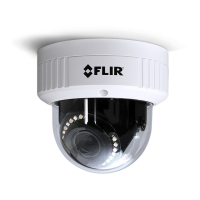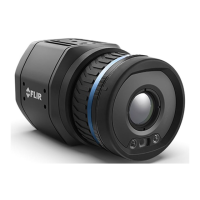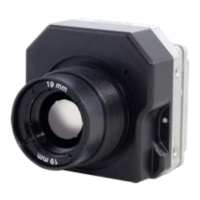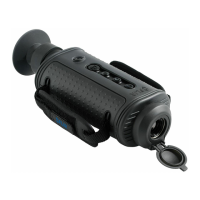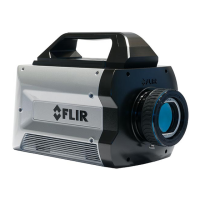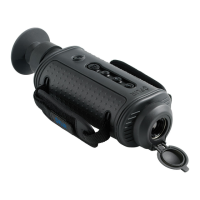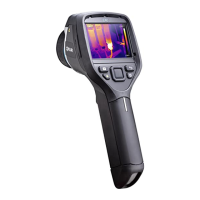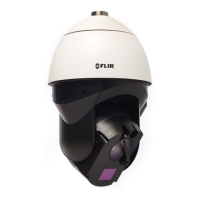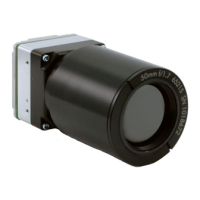To configure quality settings
In the Quality section, configure the following settings:
Sharpness Set the slider between 0-100, which provides the highest
sharpness around the edges and for small features. The default setting is 40.
3D Noise Reduction Set the slider between 0-100. The default setting is 20.
Gamma Correction From the drop-down list, select 0.45 or 1. The default
setting is 0.45. Gamma correction is used to ensure faithful reproduction of
an image. When gamma = 1, the original image is the same as the image
displayed on your screen. If the gamma is set at 0.45, there will be less
contrast.
To configure color settings
In the Color section, configure the following settings:
Brightness Set the image brightness between -100 to 100, which provides
the highest brightness. The default is 0.
Contrast Set the image contrast between -100 to 100, which provides the
highest contrast. The default is 0.
Saturation Set the image saturation -100 to 100. The lower the number, the
closer the image is to a grayscale (i.e., monochrome or black-and-white)
image. The higher the number, the deeper the color image (i.e., reds will be
redder and blues will be bluer). The default is 0.
Hue Set the image hue between -100 to 100, which provides the deepest
hue. The default is 0.
To configure mirror flip settings
In the Mirror Flip Setting section, from the Orientation drop-down list, select one of the following:
Flip This setting flips the image upside-down.
Mirror This setting views the image from a different angle.
Both This setting views the image upside-down from a different angle.
OFF (default)
White Balance
The White Balance screen is used to create the best color rendition.
To set the White Balance mode
From the Mode drop-down list, select one of the following options:
ATW – In ATW mode, color is continuously adjusted according to the color
temperature of the scene illumination. This is the default setting.
Figure 102: White Balance ATW Mode Screen
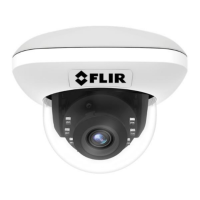
